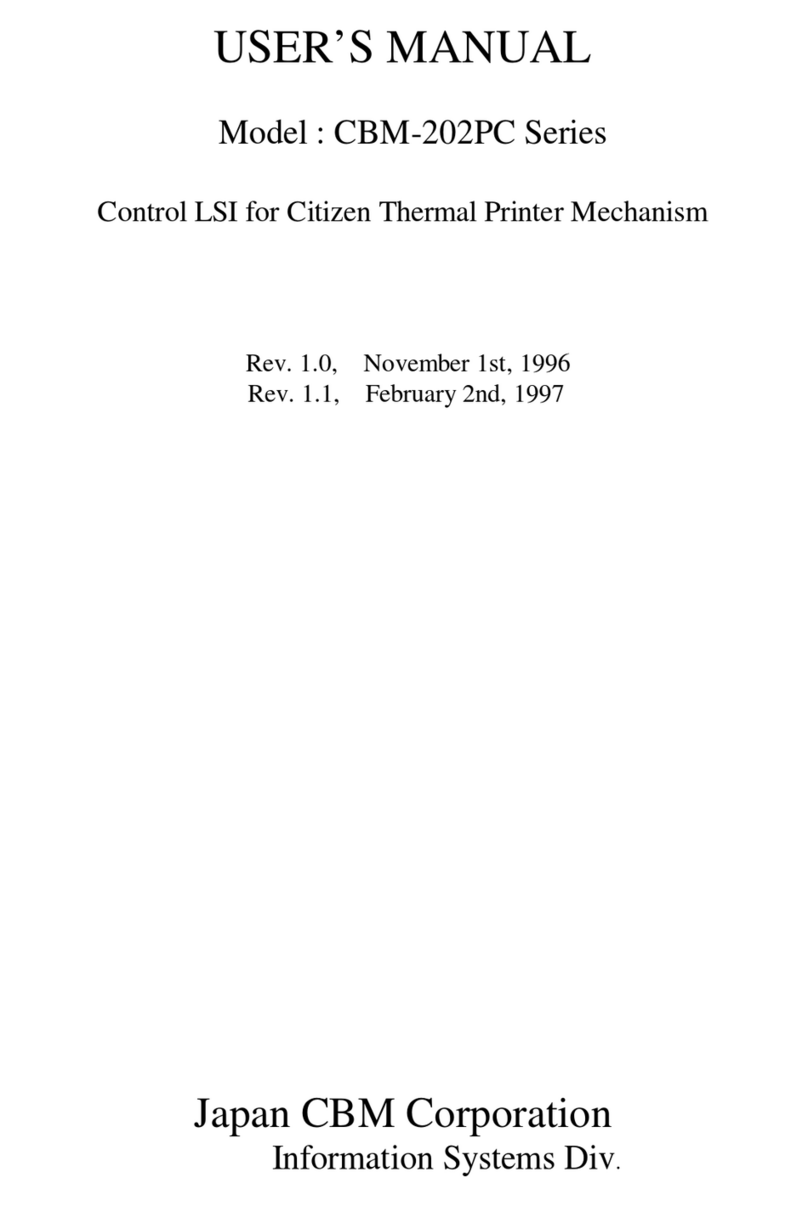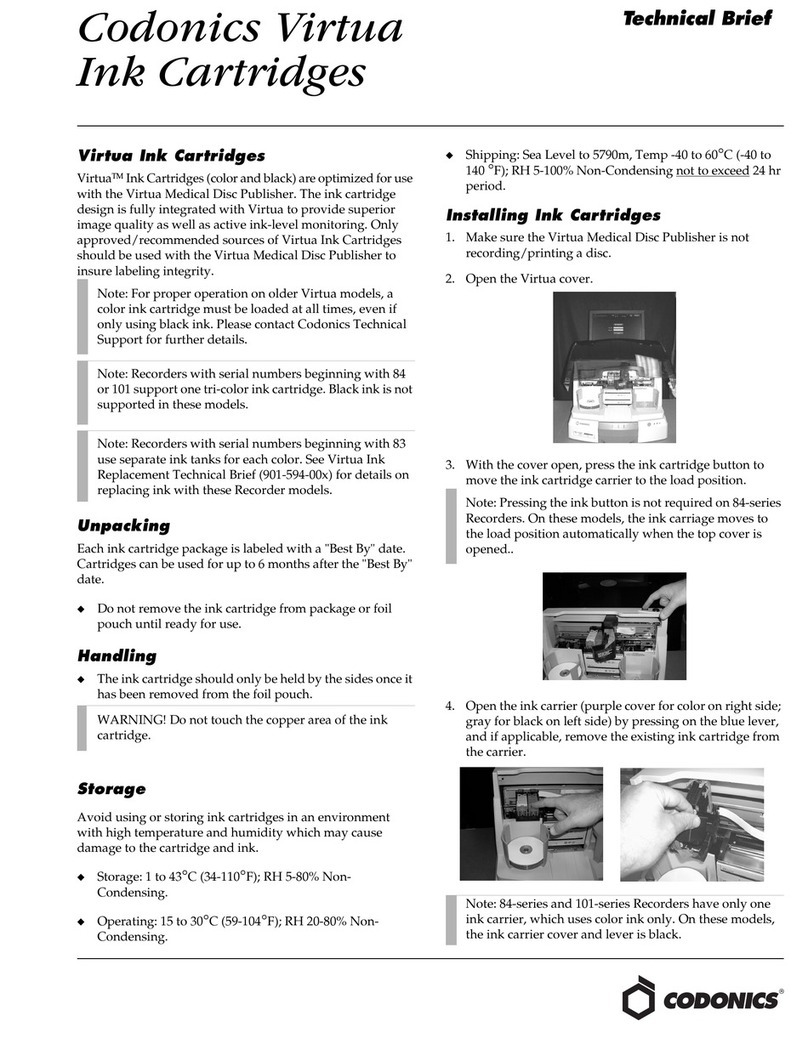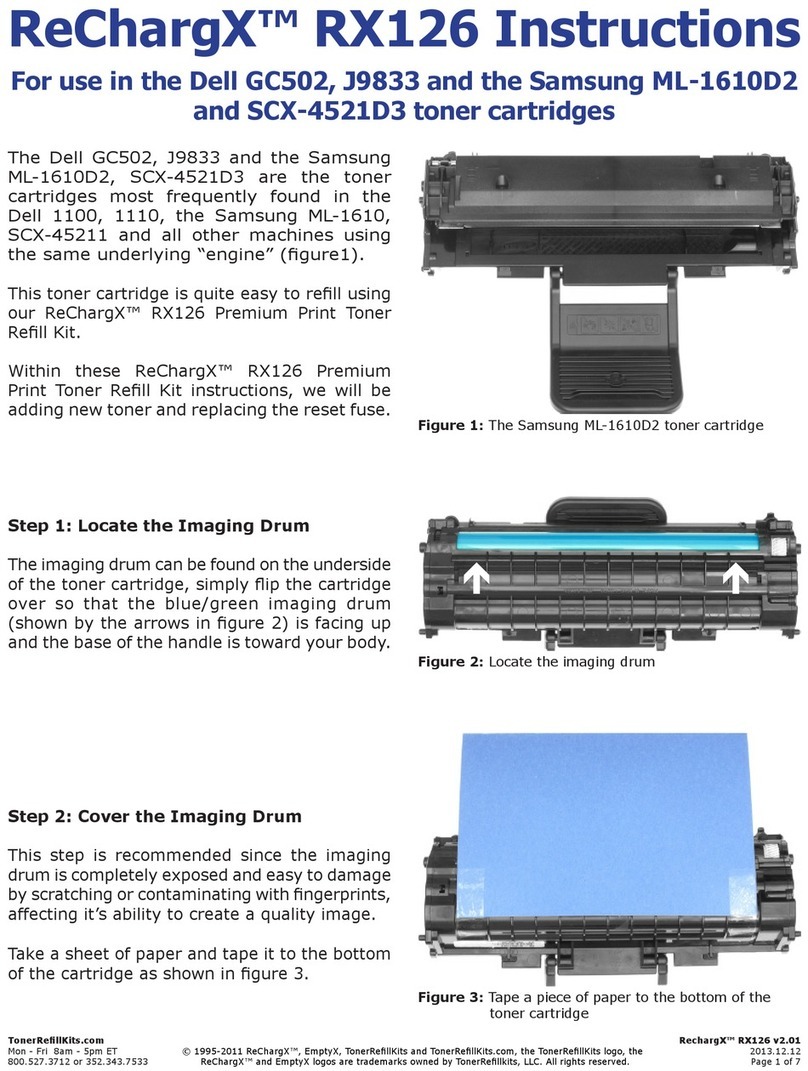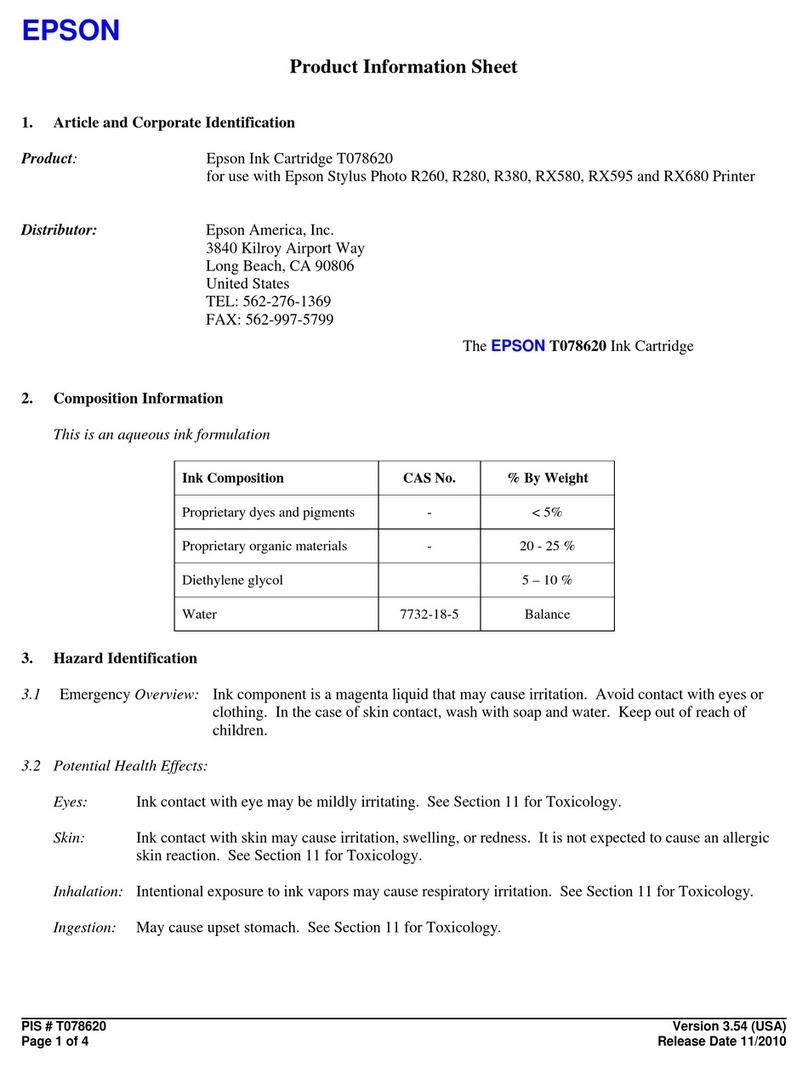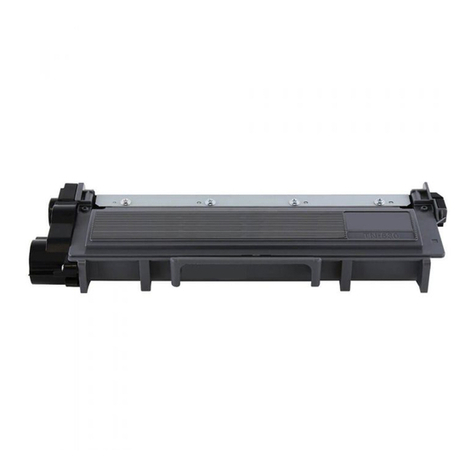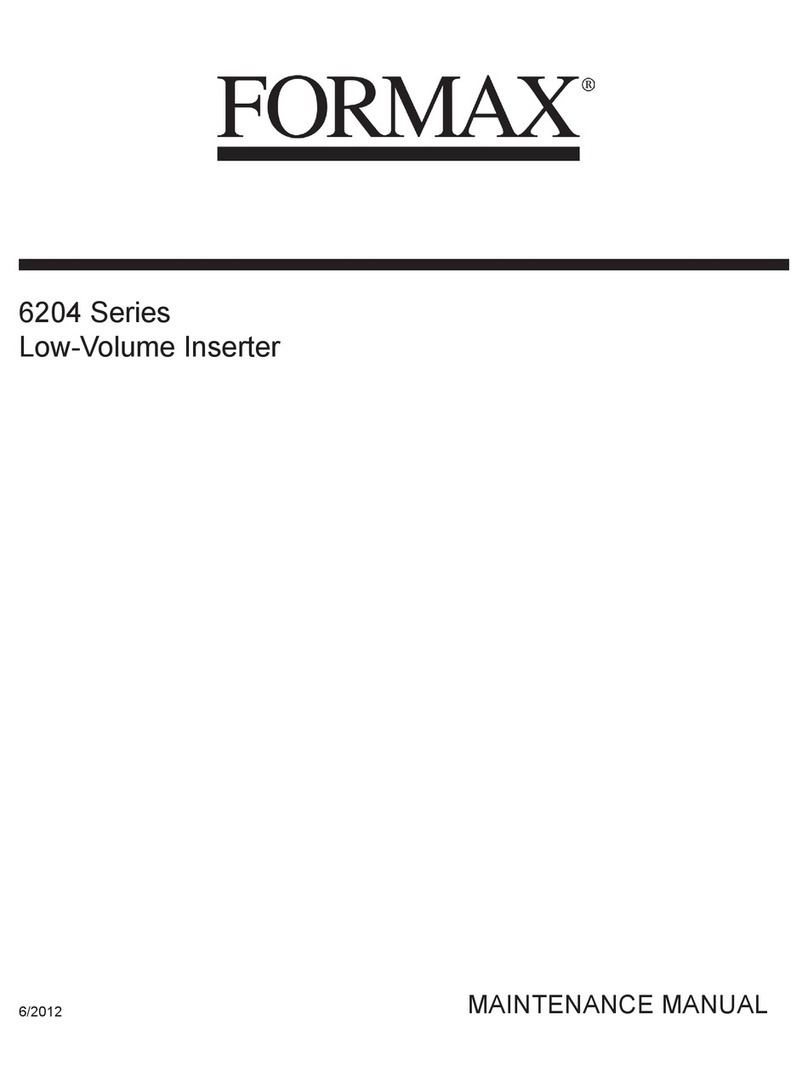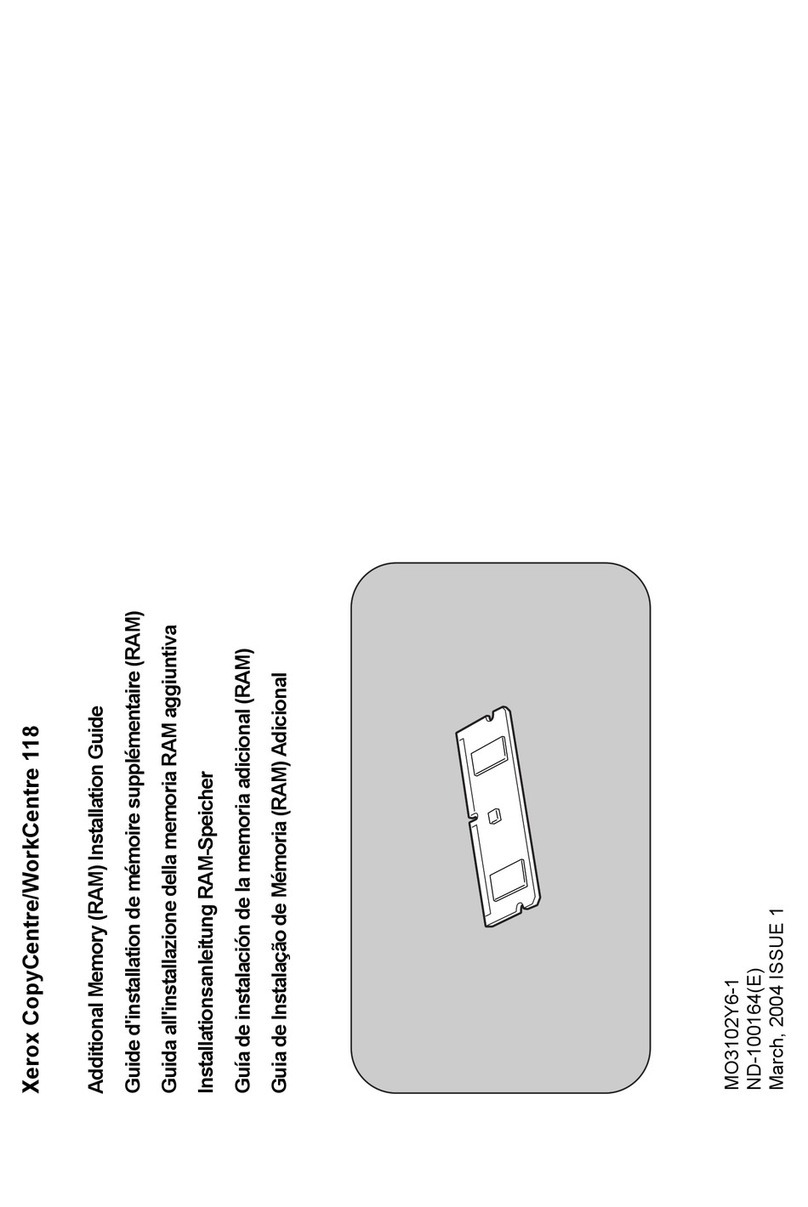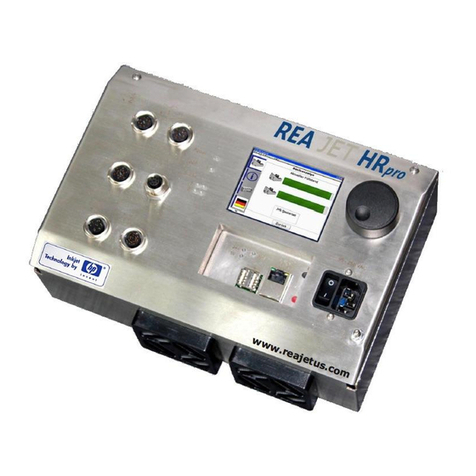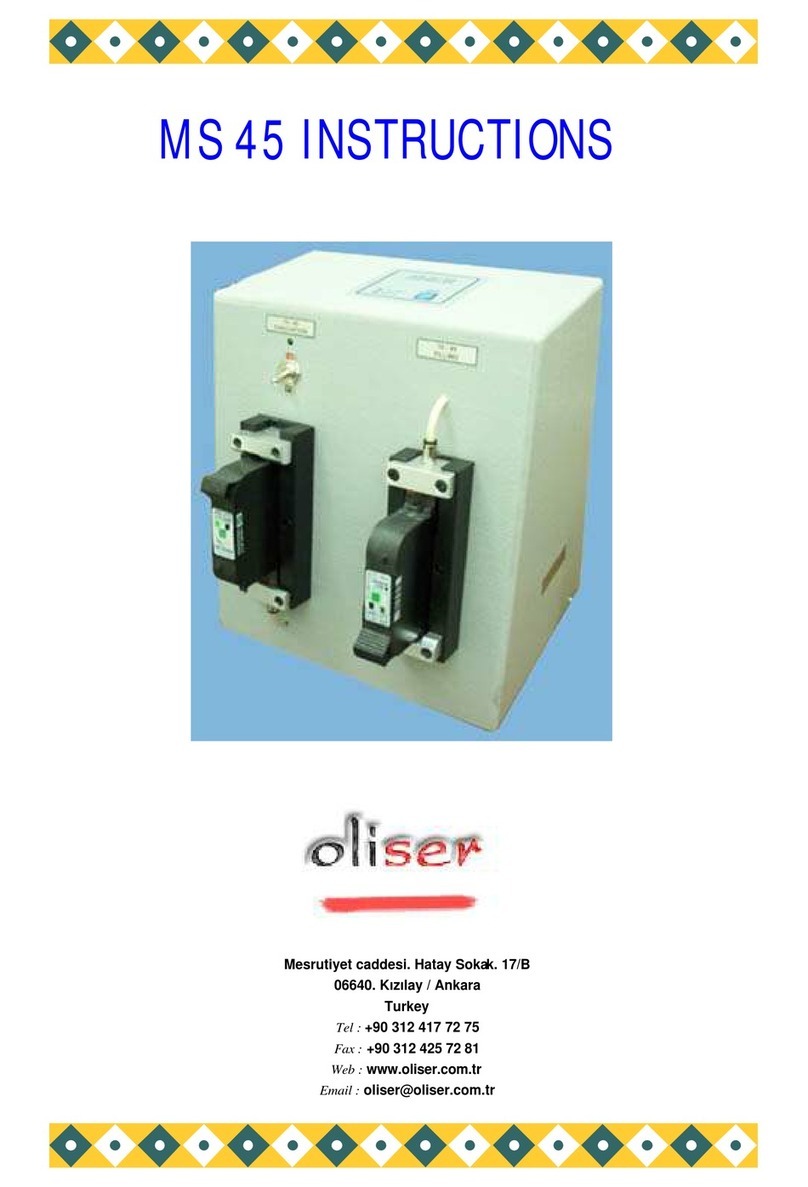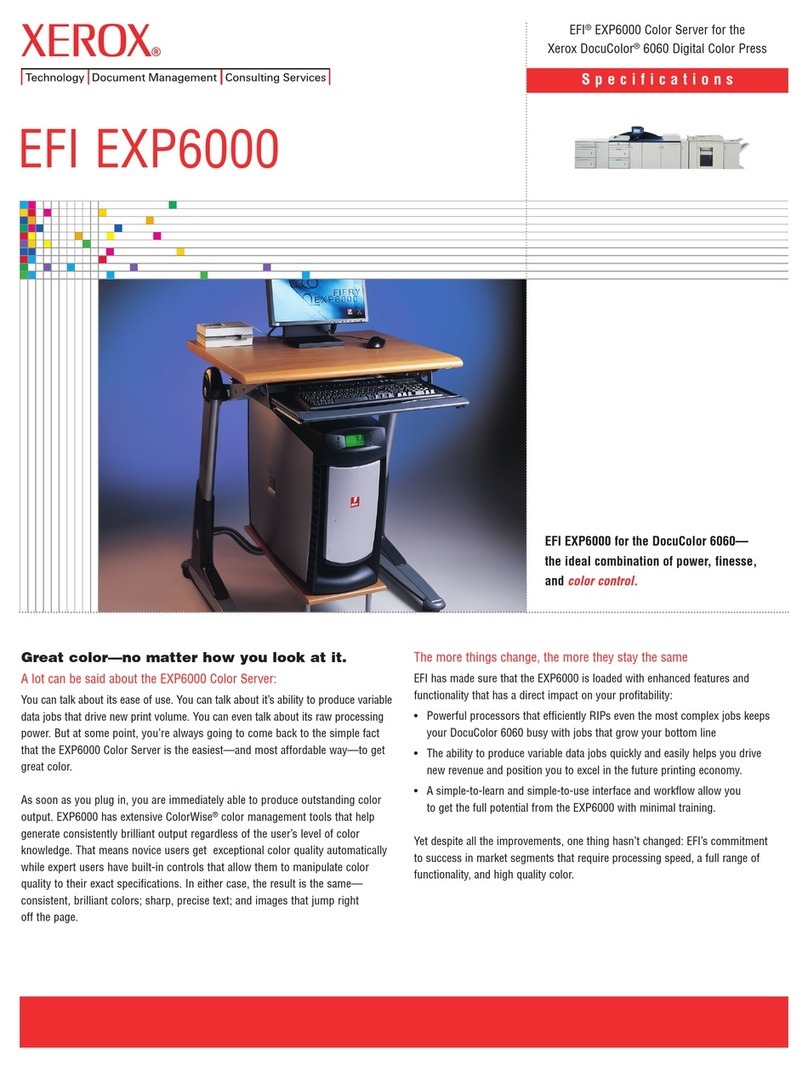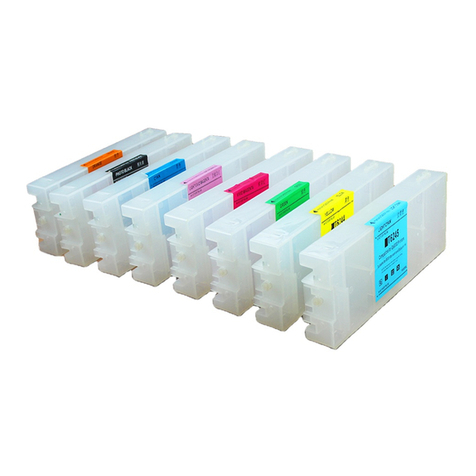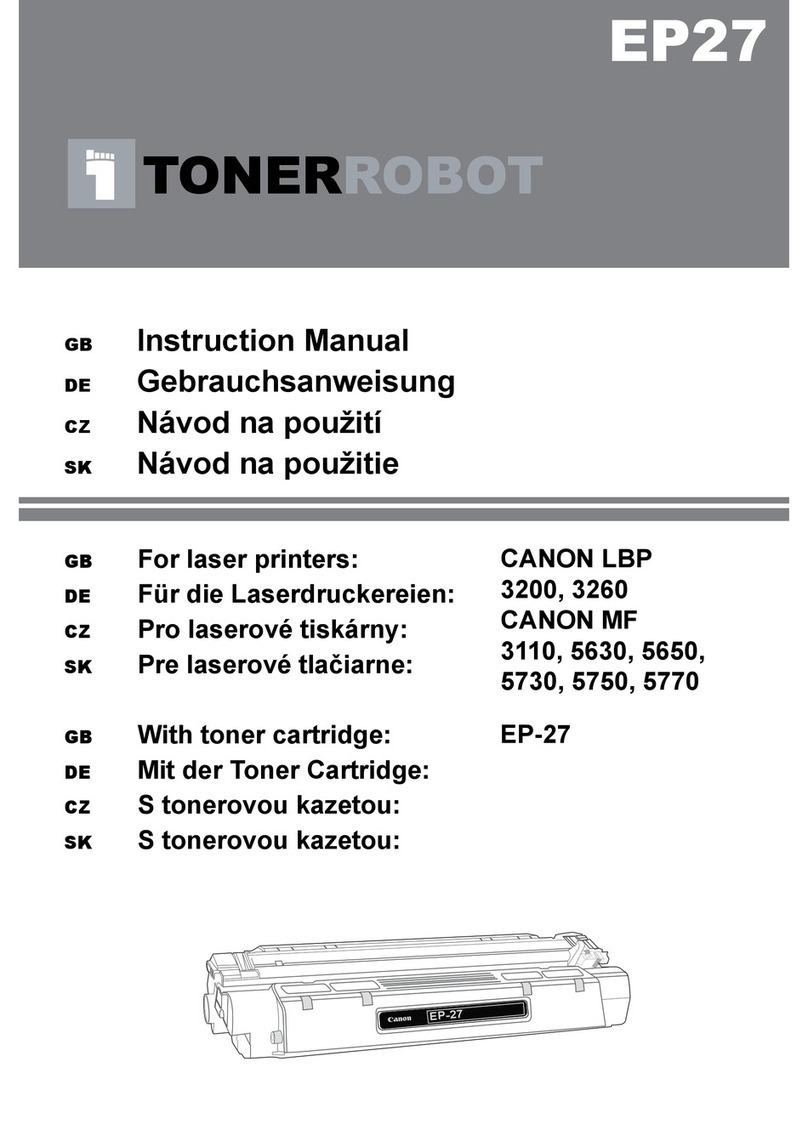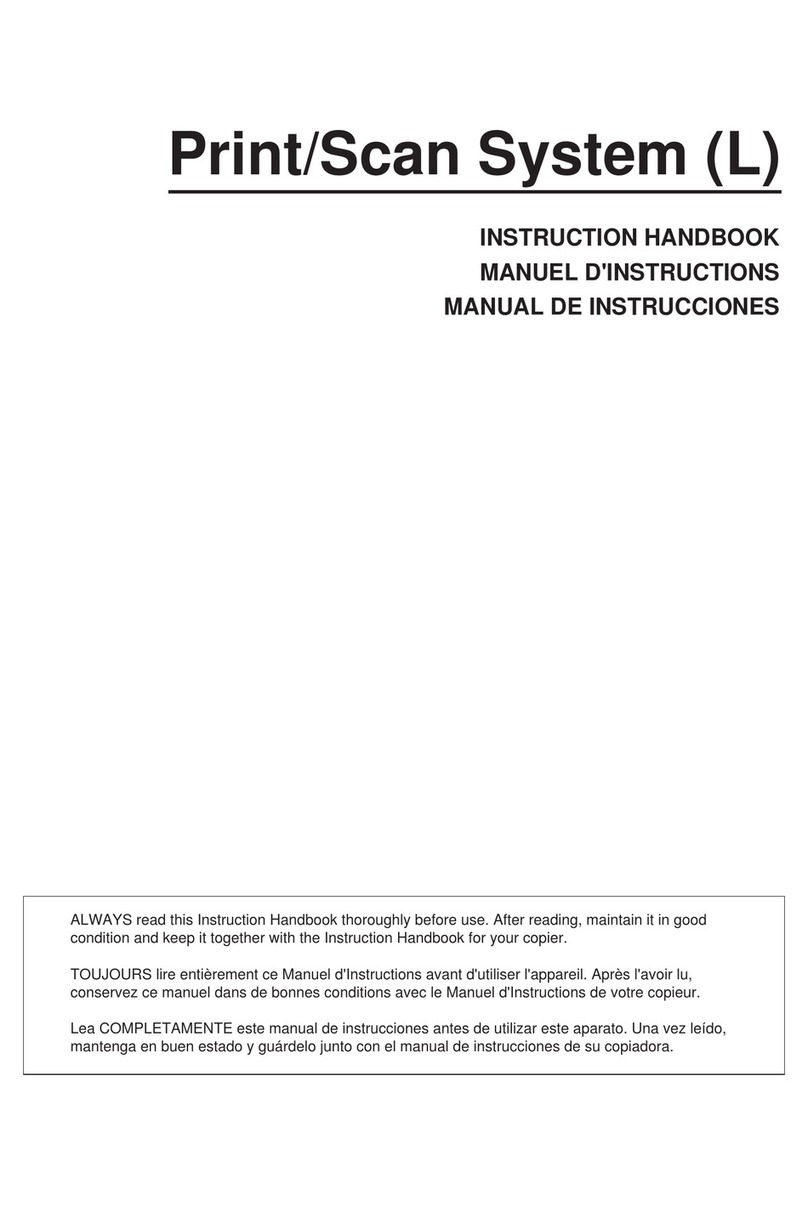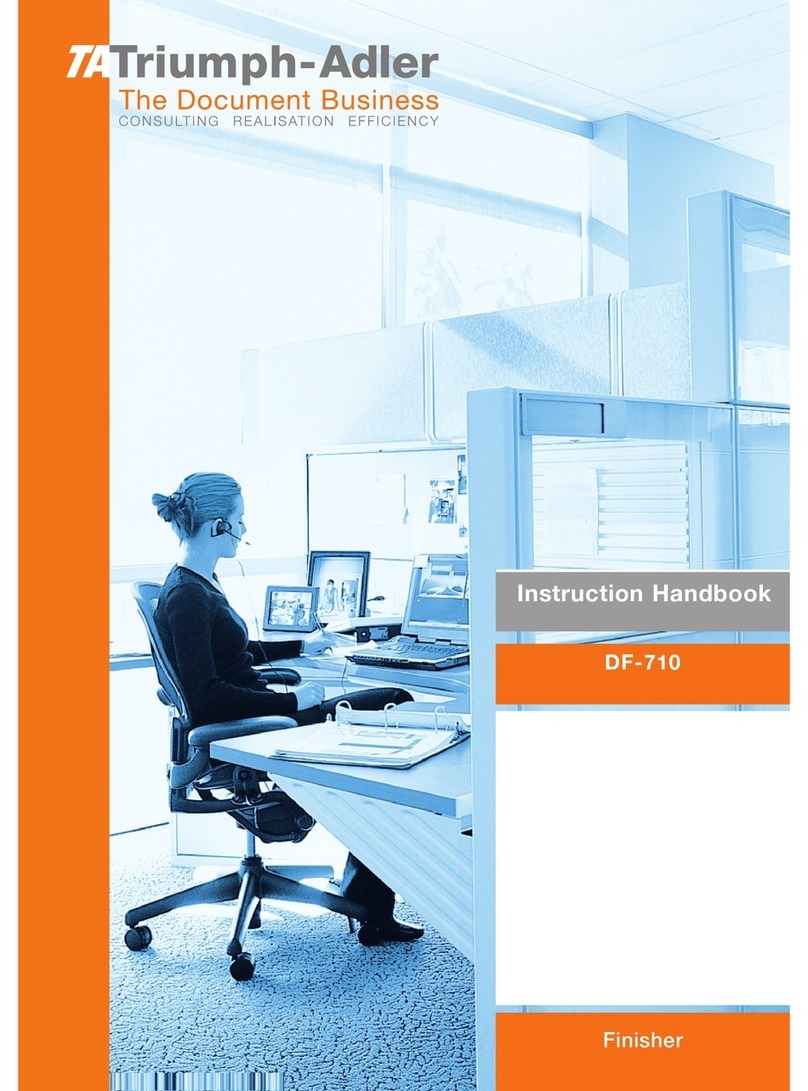
Jan-23
Recommended Settings – Coasters/Coaster Set - PS008
(2x) White Silicone Pressure Pads
General Sublimation Instructions
•Preheat the heat press to 370-375°F or 385-390°F (as recommended for the photo slate item number).
•Set the time to the recommended press time.
•Set pressure to medium.
oThe pressure setting should be set with the photo slate and pad included in the press.
•Print the image onto sublimation paper using a sublimation printer.
oFor edge-to-edge graphics, size the image to be large enough to bleed past the “distressed”
white edges of the photo slate.
The recommended bleed amount should be at least 1/8” or more, past the “distressed”
white edges of the photo slate.
oPrint on sublimation paper large enough for the white paper space around the printed image to
wrap around the edges of the photo slate.
The paper only needs to wrap around two sides of the photo slate blank. The other edges
of the paper can be trimmed shorter, if needed.
•Clean the white surface of the blank photo slate with a clean cloth lightly misted with alcohol.
•Place the photo slate blank (white side) face down onto the printed image. Center the image onto the
white surface of the photo slate blank.
•Wrap the two long ends of the transfer paper around the edges of the photo slate blank. Secure the
edges of the wrapped paper onto the back side of the photo slate blank with heat tape.
•If using White Silicone Pressure Pads:
oPlace a piece of blowout paper onto the bottom of the heat press platen.
oPlace the photo slate with attached transfer sheet face-up onto the blowout paper.
oPlace another piece of blowout paper onto the transfer sheet.
oPlace 2 layers of the white silicone pressure pads on top of the blowout paper.
•If using Green Sponge Heat Pad:
oPlace a piece of blowout paper onto the bottom of the heat press platen.
oPlace the photo slate with attached transfer sheet face-up onto the blowout paper.
oPlace another piece of blowout paper onto the transfer sheet.
oPlace the green sponge heat pad on top of the blowout paper.
•If using the Nomex Felt Pad:
oPlace the Nomex felt pad onto the bottom heat press platen.
oPlace 1-2 pieces of blowout paper onto the Nomex felt pad.
oPlace the photo slate with attached transfer sheet face-down onto the blowout paper.

